Mustering up the courage to try this rare specialty that not everyone dares to eat in the Northwest, the Western guest praised the dish for being soft, succulent and fatty.
Andrew Fraser is an Australian travel content creator, currently living and working in Vietnam. On his YouTube channel with more than 230,000 followers, he regularly posts videos of culinary experiences in many provinces from North to South.
Among them, there are some unique dishes that make foreign guests "cry out" such as: Nam Pia, bamboo worms, fried grasshoppers...
Not long ago, Andrew took a trip to Si Ma Cai district (Lao Cai province) to learn about the local wasp farming profession.
Wasps (also known as ground bees) often make nests in rotten tree stumps or underground, appearing in many mountainous areas of the Northern provinces, especially in the Northwest.
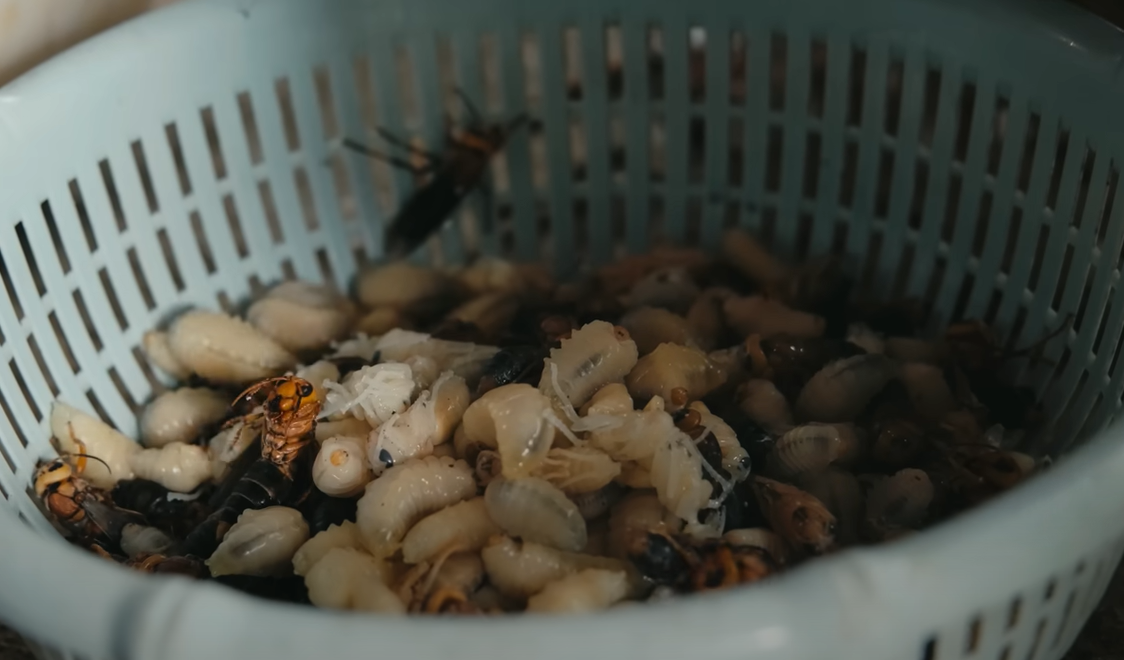 | 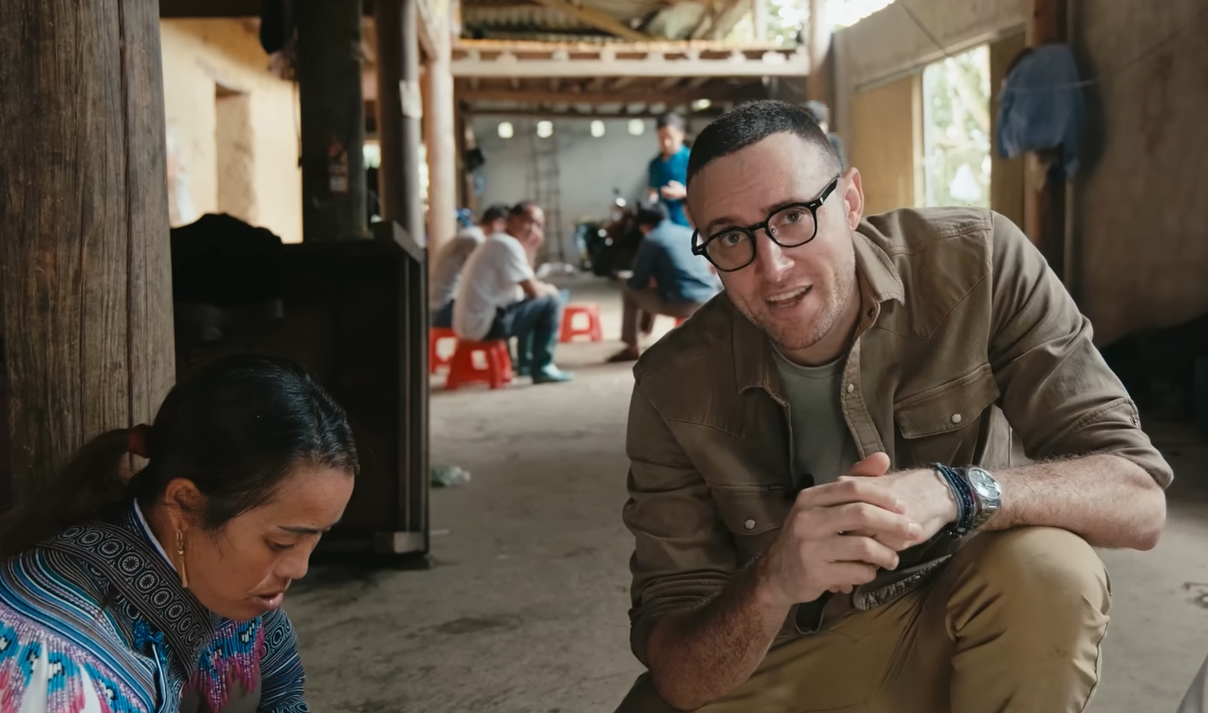 |
In addition to natural exploitation, this type of bee is also successfully raised by people in some localities such as Lao Cai, Son La...
This is a species of bee with extremely poisonous venom but is hunted for food because the wasp and its pupae can be processed into many protein-rich, nutritious dishes. They are sold at quite high prices, up to half a million VND per kilogram.
In Si Ma Cai, Andrew was invited by a local to his home to try the delicious wasp pupae dish. When the host shared that wasp pupae were sold for 500,000 VND/kg, he commented that the price was as expensive as good beef.
The Western visitor revealed that these pupae were harvested from a “giant” wasp nest, weighing about 80-90kg, raised and cared for by the locals for over a year. They are used to make many different dishes, but the most delicious and popular is the pupae fried with lemon leaves.
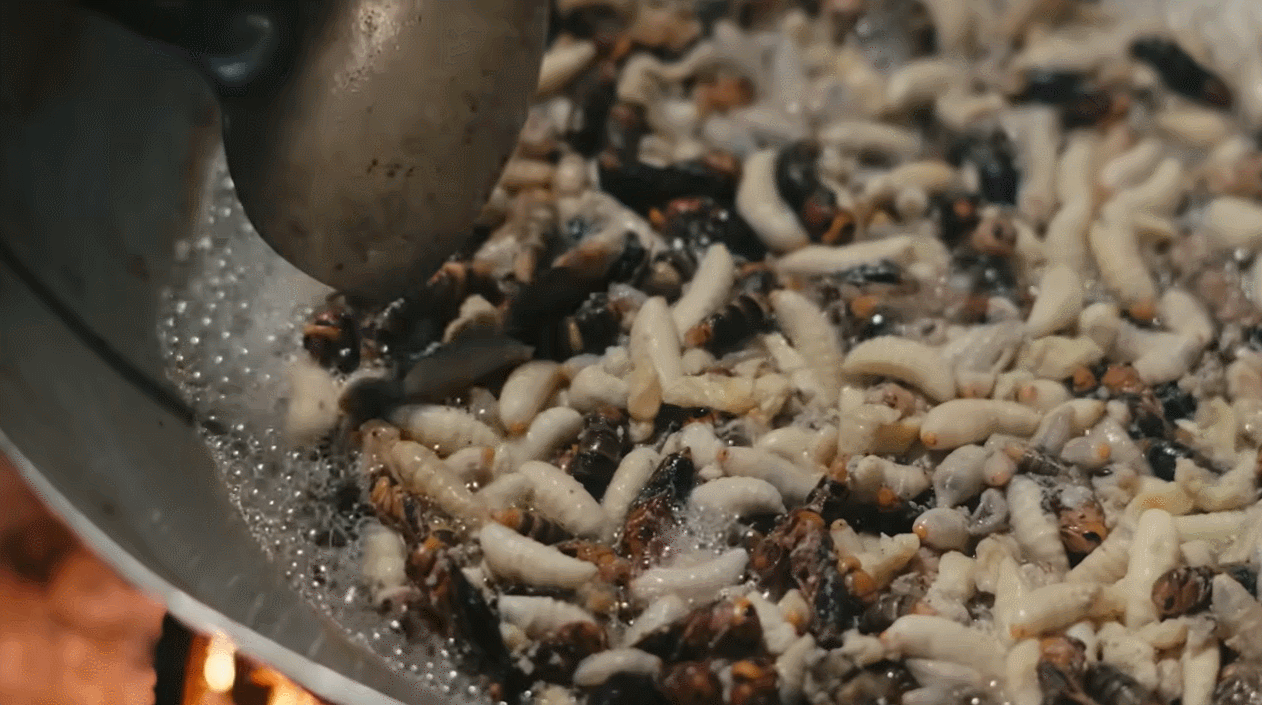
Andrew also directly observed how this dish was prepared. Accordingly, after harvesting, the bee pupae can be processed immediately, dropped into a pan of boiling oil until golden brown and then seasoned. Finally, sprinkle chopped lemon leaves on top.
Australian YouTuber commented that the wasp pupae fried with lemon leaves dish has an attractive appearance and aroma.
He was also impressed to see that the dish included different types of pupae, corresponding to each stage of bee development such as larvae, pupae and adult bees. Andrew said that he would taste each piece in turn, from smallest to largest size.
First up was wasp larvae. He said he had tried them before, but in their raw form. But when he ate the roasted larvae, he found the rich milky texture melting in his mouth.
“Oh my gosh, it has a soft, creamy texture, it feels like ice cream,” Andrew describes.
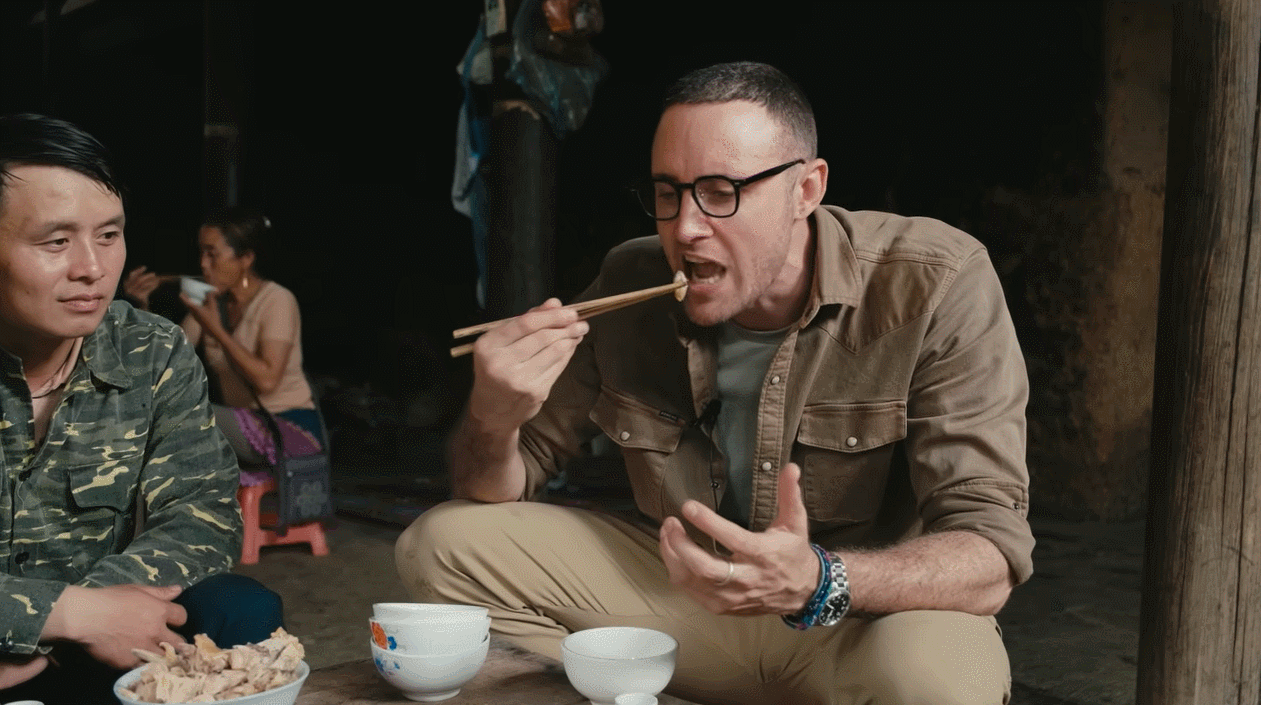
Western guests commented that many people will initially feel wary and scared when seeing this dish, but when it is cooked, it looks appealing.
When he tasted the pupae (the later stage of the larvae), Andrew admitted he was a little apprehensive. However, he was once again surprised by the strange, delicious taste. “They have a meaty taste, much easier to eat than I imagined. The pupae feel quite similar to chicken,” he said.
Continuing to experience the adult wasp, Andrew admitted: “Honestly, this part is much harder to eat than the larvae and pupae. It is crunchy, not soft and a bit hard because the wasp has fully developed parts such as legs, wings... In terms of flavor compared to the previous two versions, I find it crunchier.”
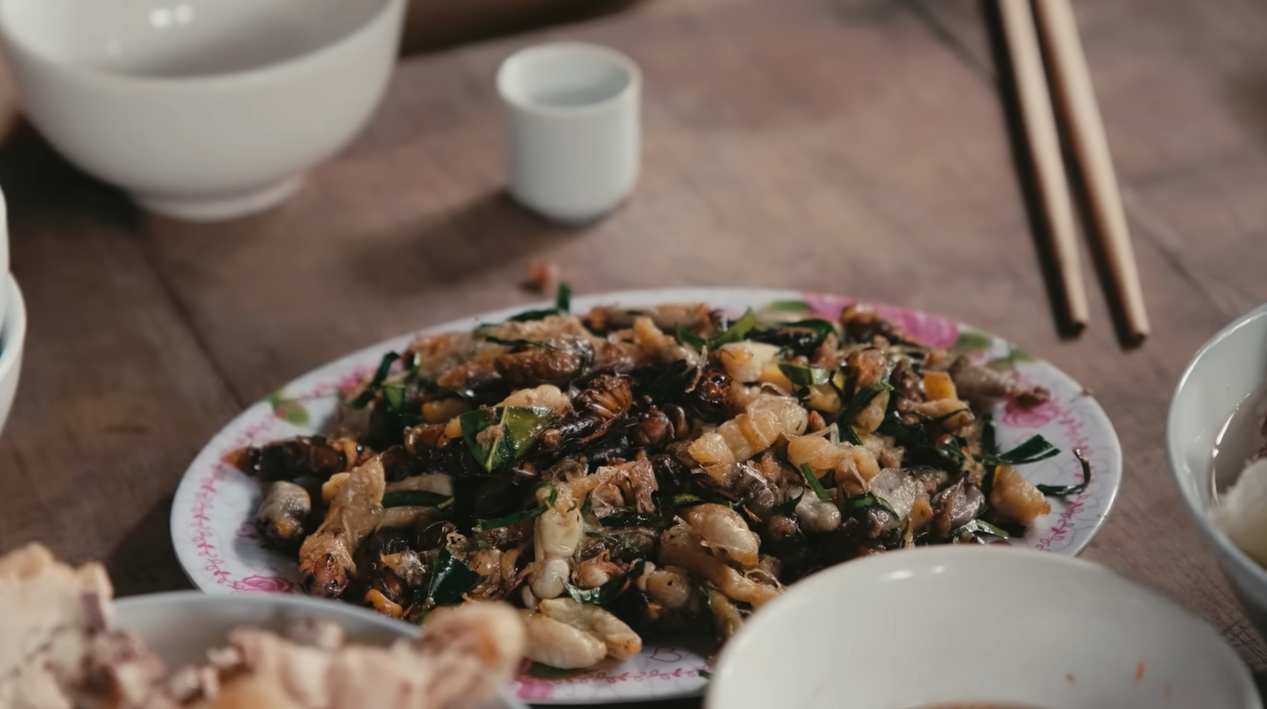
Mr. Nguyen Gia - a person who specializes in exploiting wild bee pupae in Lao Cai said that wasp pupae are the most popular because they are considered a food source with high nutritional value.
Wasp pupae can be soaked in wine to treat bone diseases or processed into dishes such as porridge, stir-fry, sticky rice... With high calorie content and rich in vitamins, they are considered a natural "panacea", bringing many health benefits.
Because the exploitation of wasp pupae is very dangerous and the quantity is not much, this food is also sold at a quite high price.
Although processed into delicious dishes, bee pupae are also a type of food that can easily cause allergies and poisoning if not stored and processed properly. In addition, people with allergies should also be careful and consider before enjoying dishes made from bee pupae.
Photo: Andrew Fraser

Source: https://vietnamnet.vn/khach-tay-thu-dac-san-it-nguoi-dam-an-o-tay-bac-khen-ngon-nhu-kem-2372545.html










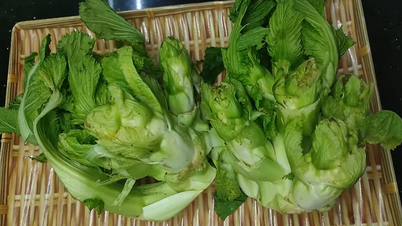
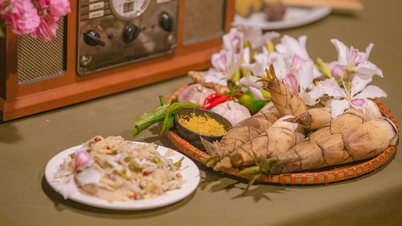
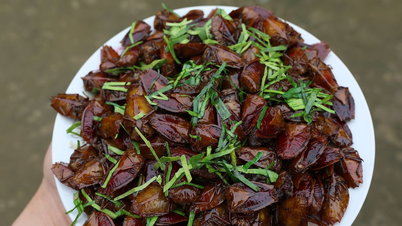
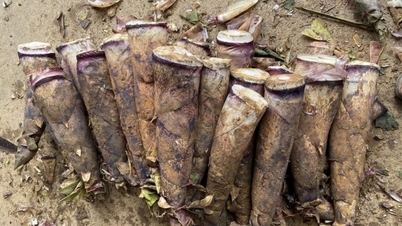






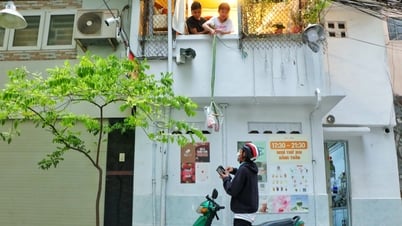

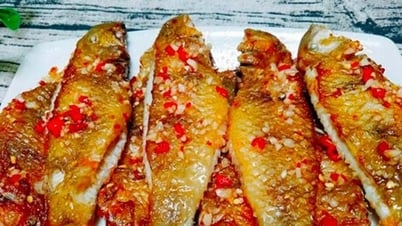

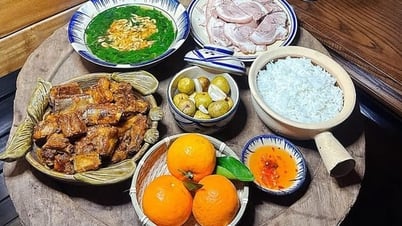
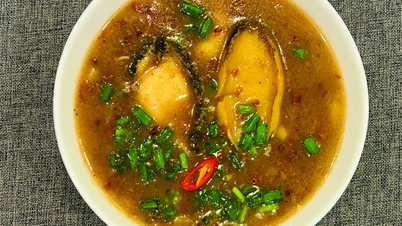










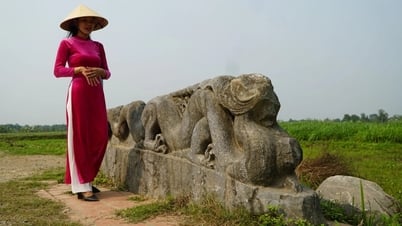
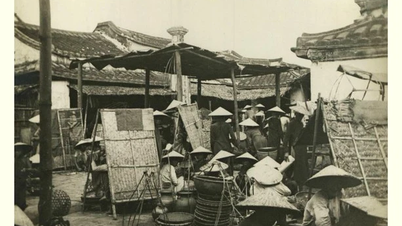

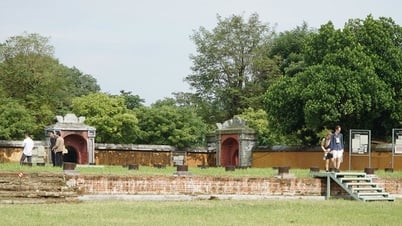

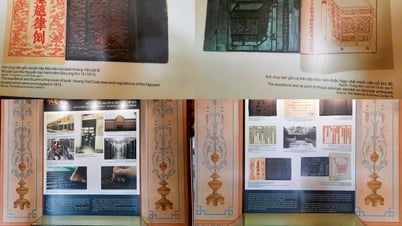







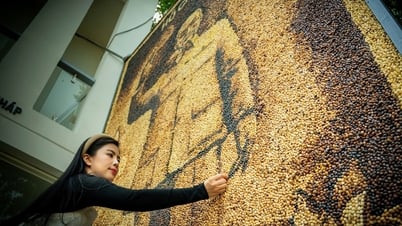


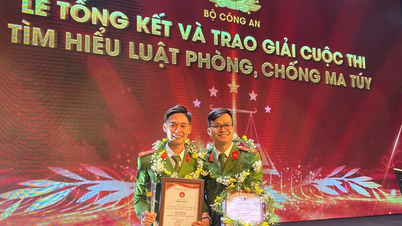



















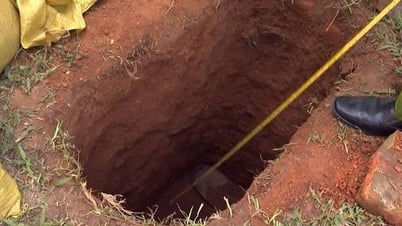

















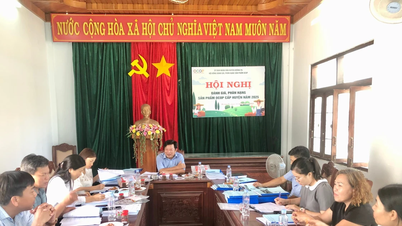
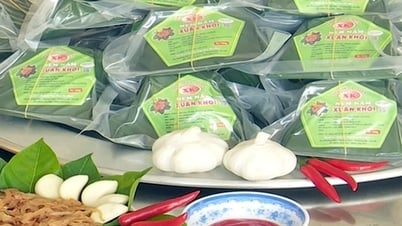


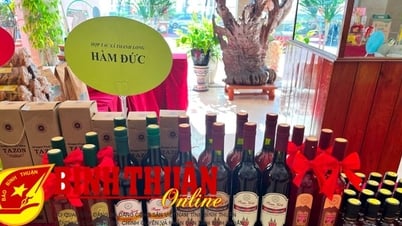



Comment (0)